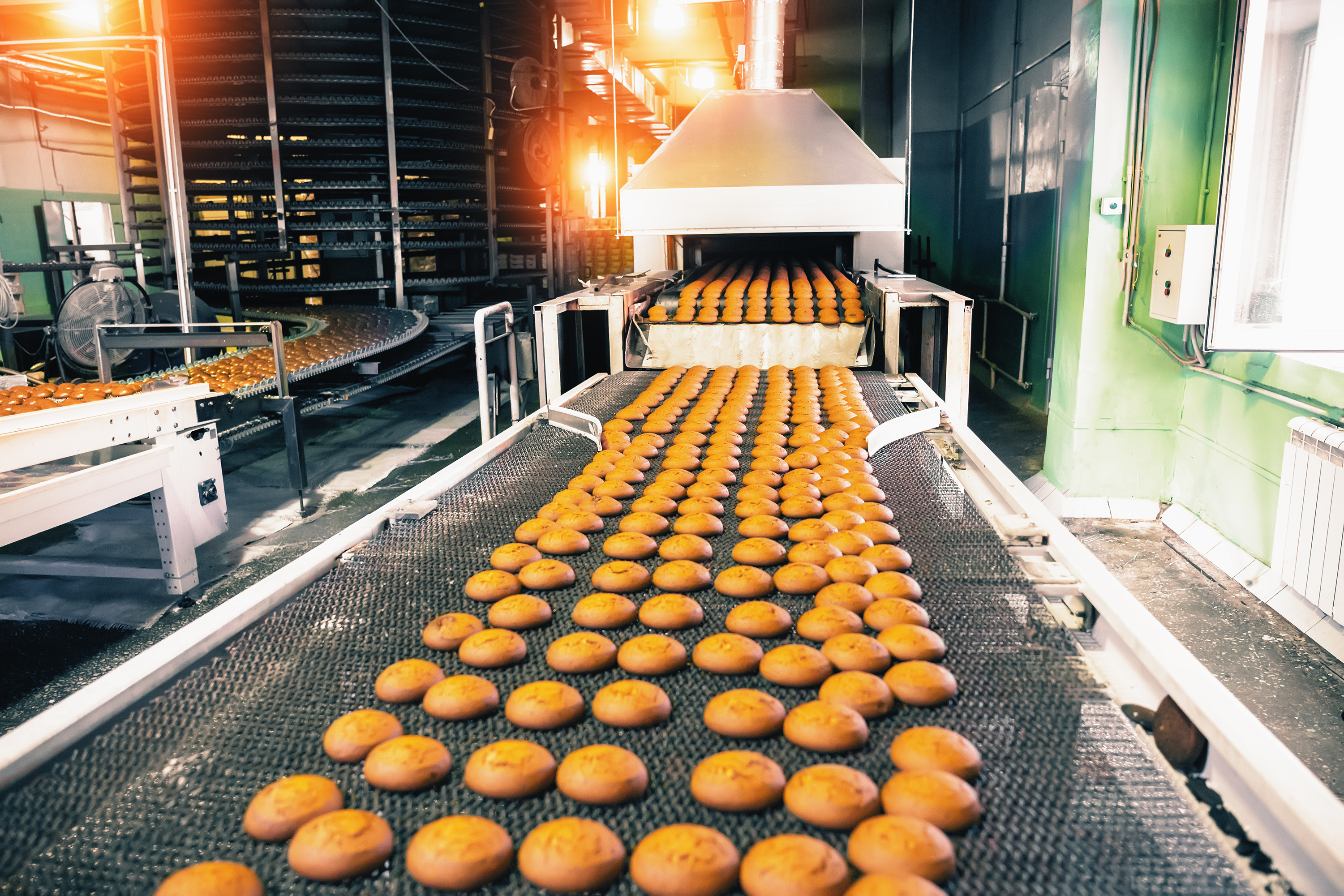1 min read
The Numbers You Need to Know: Recipe for Success
I’m a gardener. I absolutely love the taste of anything I can grow. Warm from the sun, things just taste better. I learned the art of a great tomato...
4 min read
 Kristin McLane
:
June 13, 2023 at 10:00 AM
Kristin McLane
:
June 13, 2023 at 10:00 AM

There are just a few things that connect all manufacturers, no matter where they are in the world and no matter what they do. These are the key elements of Production Control, and you’ll find us talking about them all the time: visibility, productivity and flexibility are high-level views of these very specific items. One that we don’t speak about often but may top the list for you is safety.
Safety is a personal thing. It’s a learned response to some stimulus. At the earliest age, children learn self-preservation from things that may hurt them like hot surfaces, water, strangers, and storms. There’s a whole second layer of that we learn as we age. These are more subtle and things that tend to hurt us or make us feel unloved. (Yes, I used the word unloved in a manufacturing blog – there’s nothing we won’t discuss here.) As adults, we sometimes build walls to protect us from these things, and here I’m talking about emotional walls.
How do you handle this in your shop?
We talk about Production Control a lot. With customers, the tenets of Production Control are at the heart of everything we do. We believe that once you know what you’re doing and how to best do so, you have everything you need to make the shop work smoothly and that’s where you’ll really start performing. Safety is something that we often assume you will handle. We don’t often get involved there, although our tools are critical to helping you and your team stay safe. Today, however, we’re going to dive in a little to where the safety for your workflow crosses the desires of your team.
Safety here, for our purposes today, is more about the safety involved in your process. How and where do you provide help to and for your team to ensure that they are adhering to your process and know how to do so safely – for both them and for your customers?
Last week, I introduced you to a manufacturer that provided the most beautiful paper job packets to the floor each week. They were thoughtfully created and had all the information his team needed to do all the work that needed to be done. The mechanisms he used to do so, however, had an entirely different outcome for his team. Staples and a plastic sleeve weren’t conducive to his team being prompted for and doing the work correctly.
Something additional we learned from exploring his process with him was that the team was likely to skip over safety instructions. In fact, when they were forced to look for what they needed, they quit doing so as soon as they believed they had enough information to continue. The most important word you needed to read in that sentence was “believed.” You’ve trained your team for the work they need to do. (We surely hope you have.) They get a sense of security from knowing how to do the work and they proceed with that knowledge.
What happens when they are wrong? I’m thinking here of myself, finishing sentences for others in my mind or, worse, out loud. My brain moves quickly and I’m often able to jump ahead. Or so I think.
So does your team.
When that happens, when your Production Operations team encounters enough information to recognize the next step or piece, human nature says at least some of them are going to take matters into their own hands and start filling in the rest of the sentence. It sounds a lot like:
They may not say it out loud. Surely, most of them just turn the page over or turn their heads. But what if they don’t remember it correctly? What if you’ve changed or updated your process since the last time? What if this is a different but similar job? What if you want to collect some information from them to track issues, things that went wrong or were even unexpected?
Manufacturing visibility is difficult enough without changes. The moment something changes – on purpose (you decided to or needed to do it) – visibility is shrouded. At least for a bit. You lose the ability to track the work as it’s in process. We hear that one all the time. “I send a job to the floor and I have no idea where it is.” “How’s that work going?” “Are we going to be on-time?” These are all legitimate questions and you need to be able to answer them all in order to keep your shop running smoothly, but it’s almost impossible to do so in a paper-driven shop.
Security, in this sense, could be your own security in knowing what’s going on. Whether your team is doing it properly and how you can tell.
Security, and safety, in the work you do requires everyone to be on the same page. It requires the entire team to work together pretty seamlessly and the only way to make that happen is to know that they are all doing the work they need to be doing, in the right order, at the right time, with the right materials. That’s a lot that need to go right.
All at once, you should be feeling the need to get a handle on the work on your shop floor. How much visibility do you really have and what can you do to get more? To be more responsive? To truly know how you’re doing this month. This year, we’re talking all about numbers and, during this first 6 months, it’s been all about the data you need to be successful. As we get further into the year, we’ll broaden our discussion to real-life numbers checking and where you can get ideas for how to gather and use the data from your operations.
Consider whether you’ve got what you need for your shop, your team, and your workflow. Think about how often things are changing and how often they're going well (or not) to determine how much help you may need in this area. Look at your inventory, process control and scheduling to really learn how your team is fairing.
Support and empower your team with a system that gives you the data you need to know. Production Control is not something an ERP can do. You need a system that gives you visibility, productivity, and flexibility - typical financial systems cannot handle this. Push the Connect button to learn about how we help teams with this. Or, if you have a question, reach out to info@cimx.com. We are here to help you save money, time and get your Production under Control.
Contact CIMx Software to see how a Manufacturing Execution System can improve production control for you.

1 min read
I’m a gardener. I absolutely love the taste of anything I can grow. Warm from the sun, things just taste better. I learned the art of a great tomato...

1 min read
We’re hearing from the customers we serve that there’s no good way to calculate a return-on-investment (ROI) that they will truly believe in and can...

1 min read
No matter what game you play, you need to know the rules you operate under. Rules are critical to the game itself; they dictate how the players...